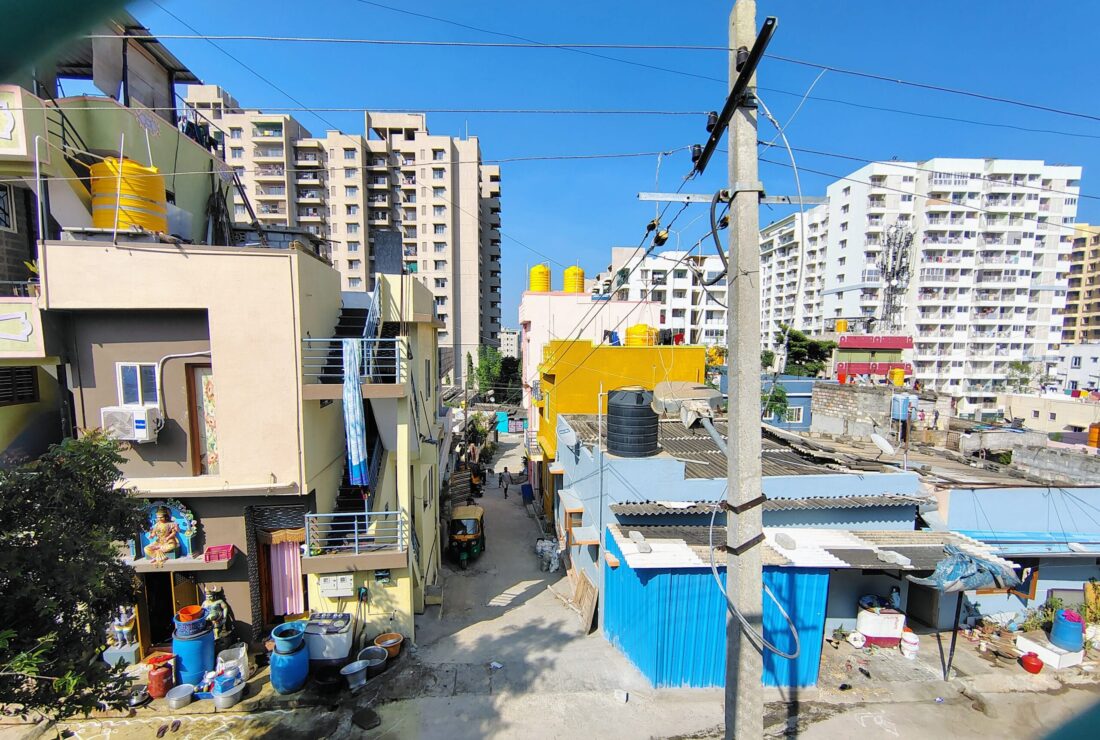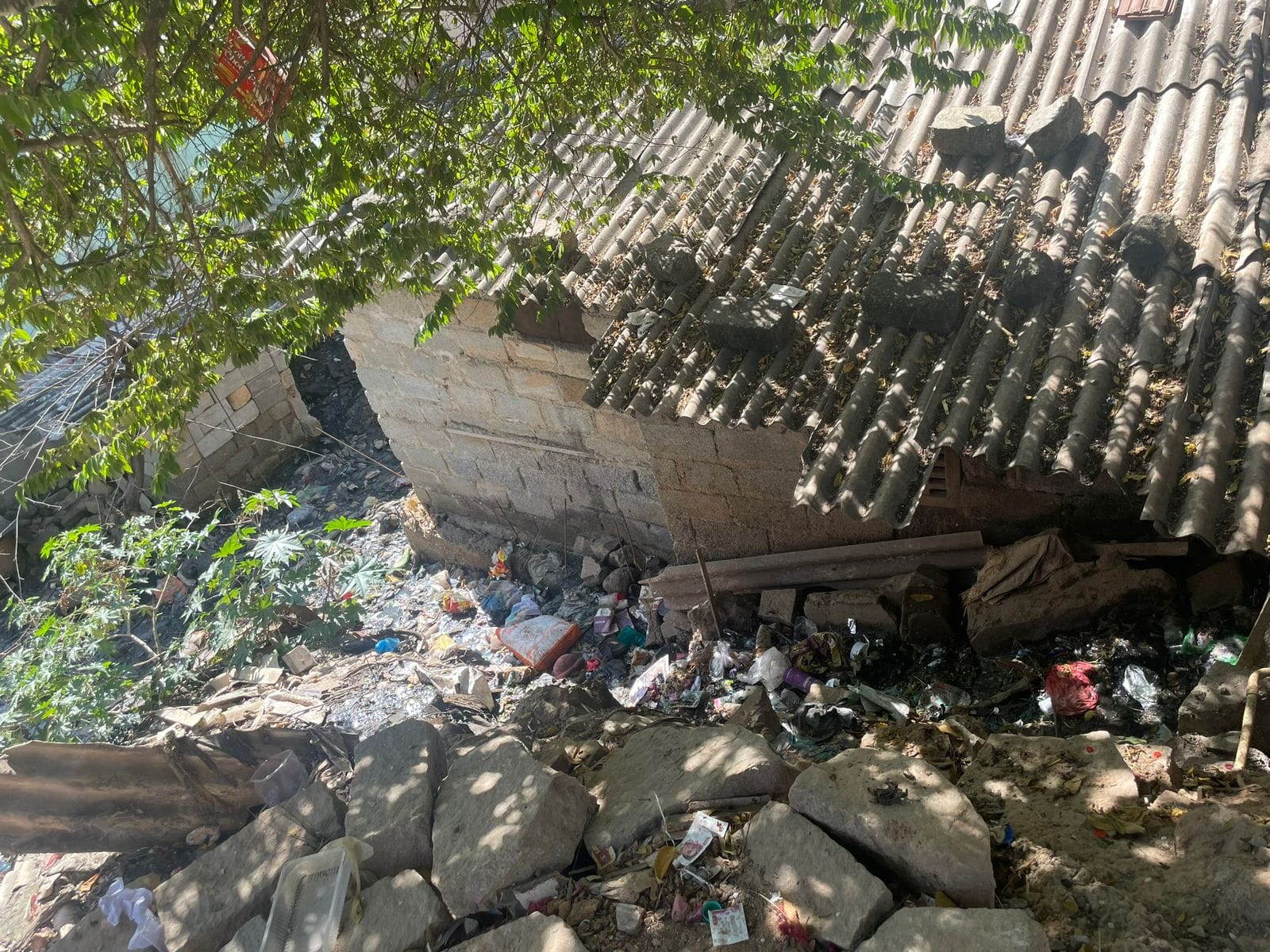“Climate change does not respect border[s]; it does not respect who you are – rich and poor, small and big,” remarked then-UN Secretary-General Ban Ki-moon several years ago.
Climate change is not a crisis that affects everyone equally. Where you live, what you do for work, your gender, caste, class, and even your ability to move freely all shape how you experience climate stress.
Yet, many climate adaptation strategies still treat communities as homogenous groups, missing the personal and structural inequalities that define vulnerability. People’s lives and realities do not fit into neat identity boxes. Interventions or strategies targeting only one aspect of people’s lives often overlook their broader realities’ interconnectedness.
Intersectionality as a framework offers a way to address this gap. Instead of simply listing social categories, it helps us understand how power systems—such as caste, gender discrimination, and economic inequality—overlap to create unique experiences of climate risk.
In our climate work at the Centre for Public Impact (CPI), we use intersectionality to help us understand how climate change impacts vulnerable communities, particularly those in countries outside the majority of the world.
This commitment led us to establish the Decoding Climate Science project in partnership with INDE and the Association for Promoting Social Action (APSA) in Bengaluru, India. The study focused on unpacking the experiences and impacts of climate change on citizens from different demographics, as well as coping mechanisms and adaptation strategies employed by local populations. While climate scientists and policymakers grapple with the effects of climate change, those who bear the brunt of it are often not part of these conversations. Through this study, we seek to highlight how different groups understand climate science, their lived experiences of climate stress, and adaptation measures.
Our pilot findings highlight the complex ways different communities experience climate change. We observed a settlement housing low-income communities, where two major institutions block water drainage with their compound walls. This has caused floodwaters, sewage, and waste to pool in the colony, flooding homes each monsoon despite residents raising their doorsteps. Meanwhile, high-rise apartments for the city’s elite are equipped with advanced drainage systems that keep them dry.
So how do we apply intersectionality in climate action? How can it shape research, policy, and community-led adaptation?
Applying intersectionality to climate adaptation
-
Climate adaptation is not just about risk, but power
Most climate adaptation policies assess risk based on broad categories—”urban poor,” “women,” or “migrants.” While attention to specific social groups and experiences is necessary, these categories do little for practice and policy. Who owns land? Who has access to water and sanitation? Who can afford to relocate when disaster strikes?
We saw that residents in one low-income settlement only have access to water every alternate day through community water taps. Without the ease of piped water in their homes, women structure their lives around this schedule, doing laundry and collecting water for cooking only when supply is available. Meanwhile, men must fetch water from distant sources during droughts, using bikes to transport heavy loads. This division of labour—rooted in gender norms—also affects livelihood opportunities, as men must choose between working for wages or securing water for their families.
Strict gender norms create further barriers to access. For example, a single woman with daughters faces the dual challenge of earning a living while securing water for her family. Her only work options are often low-paying domestic jobs, which offer far less than those available to men. As a single parent, she must manage a household on a single income while coordinating her daily life around the unpredictable water availability.
-
Climate justice requires spatial justice
Intersectionality also reveals how space—who gets to live where and under what conditions—shapes climate vulnerability.
For example, we spoke to people living in small, one-room structures with thin sheet roofs that trap heat. Women spoke of how their homes become unbearably hot in the summer, making it impossible to cook indoors. To cope, they gather under trees near the community graveyard—one of the area’s few shaded public spaces left.
In another part of our study, we visited parks across Bengaluru to engage with people and understand their challenges in accessing open public spaces. We learned that some parks were accessible only to the elderly, and others were restricted to the higher-income residents of nearby high-rises. Some children recalled playing in open spaces before they were walled off by new developments, reducing the number of public spaces where they could find relief from extreme heat.
This is how spatial injustices are deeply entrenched in our struggle against climate change.
-
Recognising structural barriers to adaptation
Climate adaptation programmes often assume that adaptation simply involves providing communities with the correct information or resources. However, this approach ignores legal, financial, and social structural constraints that prevent people from effectively adapting climate strategies.
For example, we realised that sanitation is a major issue in Bengaluru. While many houses have toilets, they are rarely used because they are not connected to a sewage system. Instead, residents pay Rs. 5 per use at a public toilet or must pay Rs. 3,000 (approximately USD 35) to get their pit latrines emptied. This is a significant portion of their meagre salaries of around Rs. 8,000 to 12,000 (approximately USD 90 to 140) for domestic workers and around Rs. 18,000 (approximately USD 206 ) for those working as housekeeping staff in the institutions nearby.
During floods, sewage overflows into homes, forcing families to spend more on sanitation. These expenses are stark reminders of the absence of government-provided essential services, which disproportionately affect women and single-parent households, children, the elderly and the sick, and those with disabilities, reminding us that climate events can intersect with existing inequalities in unexpected ways.

Doing intersectionality: what needs to change?
To develop genuinely effective climate adaptation strategies, they must be designed with intersectionality. Here’s what that looks like in practice:
- Reject one-size-fits-all adaptation: Different communities experience climate stress in different ways. Policy responses must be flexible, addressing not just environmental risks but also the social hierarchies that shape who can adapt them and how.
- Embed intersectionality in climate policy: Disaster response and adaptation plans must consider intra-group differences. For instance, men, women, and children all experience climate risks differently: Dalit women may be excluded from relief services, while migrant women may lack documentation to access services or aid.
- Centre community knowledge: Climate adaptation has historically relied on technical expertise while dismissing local community knowledge. An intersectional approach acknowledges that marginalised communities can hold critical climate strategies, which must be integrated into governance structures.
Address structural barriers, not just individual behaviours: Encouraging rainwater harvesting or heat mitigation measures is meaningless if communities lack access to land, capital, or political representation. Policies must recognise and address these constraints.
Why does intersectionality matter now?
As climate adaptation efforts accelerate, it is critical to avoid replicating existing inequalities. Suppose adaptation policies continue to focus on broad, homogenised categories of vulnerability. In that case, they will only reinforce the very systems of power that make some people more vulnerable in the first place.
The stories from CPI’s Decoding Climate Science project, in collaboration with INDE and APSA, highlight how gender, caste, and class determine exposure to climate risk and the ability to cope and recover. By embedding intersectionality in climate adaptation, we can move beyond surface-level solutions and work toward real climate justice—one that acknowledges power, centres marginalised voices, and builds responses that leave no one behind.
We are hopeful that this project furthers this important conversation. Watch this space for more as we conclude the Decoding Climate Science project!




